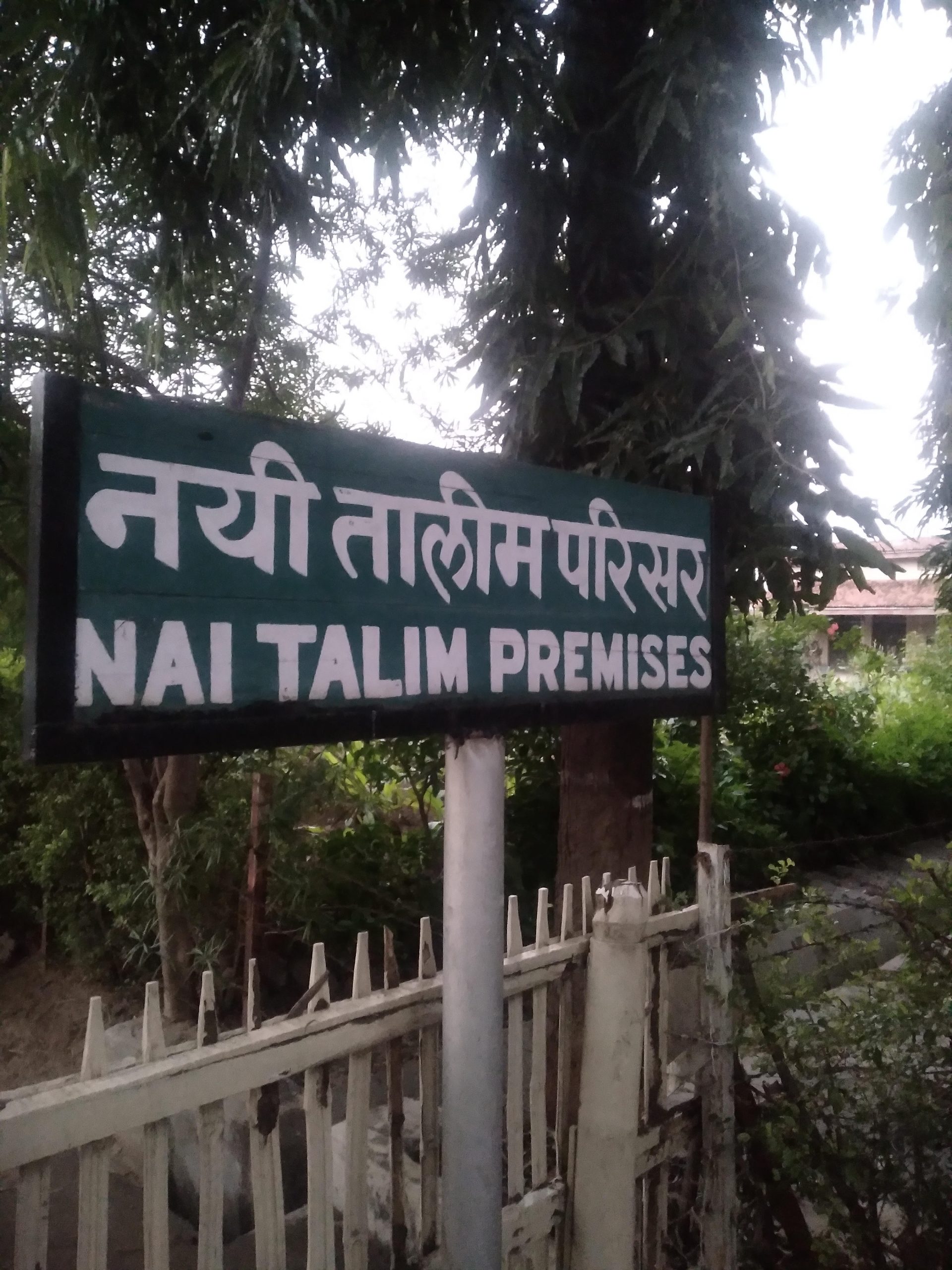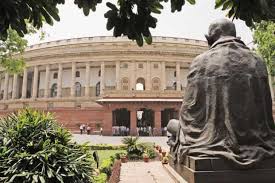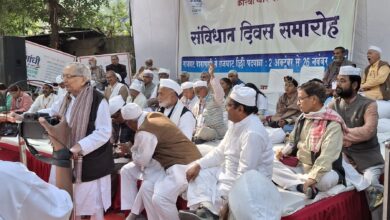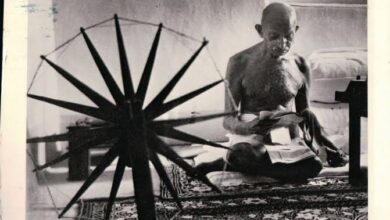Basic Education: An outcome of Gandhi’s Experiments in Ashrams
Gandhi and his experiments in the field of education
Siby K. Joseph
Gandhi returned to India from South Africa in 1915. During his stay in Shantiniketan for a short span of time he experimented with the daily regimen of the institution by applying the principles of self-help. After settling down at Satyagraha Ashram in Ahmedabad he continued his experiments in the field of education. He put forward the idea of a national Gujarati school in January 1917.
Gandhi throughout his life experimented in the field of education. It started when he was staying with his family in Durban in 1897. This experiment was limited to the education of his sons and a nephew. The Phoenix Settlement which he established in 1904 provided an opportunity to put into practice his ideas on education.
Basic Education : He wrote to Gokhale on January 13, 1905 his plan to open a school on the grounds of Phoenix which would be second to none in South Africa for the education primarily of Indian children who would be resident boarders, and secondarily, of all who want to join the school but would also reside on the premises.
At the Phoenix settlement, his attempt was to develop the harmonious development of body, mind and spirit of pupils with an emphasis on character building. He elaborated on every aspect of education in a detailed note which appeared in Indian Opinion on 2 January, 1909.
Further in his seminal work Hind Swaraj or Indian Home Rule, he elaborated on the question, what is the meaning of education? He realized that building character is the first priority in the field of education and it will remain as the foundation of whole education.
He attempted to strengthen this aspect further when he undertook experiments on education at Tolstoy Farm near Johannesburg. Gandhi was of the view that, under ideal conditions, true education could be imparted only by the parents. Therefore, he devoted a major chunk of his time for education of children at the Farm and he was with them on possible occasions.
He tried his level best to provide literary education through the medium of vernacular languages of pupils. It was a difficult task due to the lack of teachers in vernacular languages. In this experiment he went a step further by adding useful vocations like sandal making and simple carpentry. Gandhi realised that spiritual training could not be imparted through religious books.
According to him, “the exercise of the spirit entirely depended on the life and character of the teacher”. His experiment in co-education at Tolstoy Farm was of the most fearless type and he encouraged the boys and girls to do everything together, including taking baths at the nearby spring. But Gandhi’s eyes always followed the girls like that of a mother. It was a fruitful and novel experiment, which ensured the harmonious development of body, mind and spirit of pupils.
Gandhi returned to India from South Africa in 1915. During his stay in Shantiniketan for a short span o f time he experimented with the daily regimen of the institution by applying the principles of self-help. After settling down at Satyagraha Ashram in Ahmedabad he continued his experiments in the field of education. He put forward the idea of a national Gujarati school in January 1917.

According to him, one of the fundamental principles of education is that it should be planned by taking into consideration the needs of the people. He outlined an educational scheme which catered for physical, intellectual and religious or spiritual requirements. In the course of the Champaran Satyagraha, he became convinced that work of a permanent nature was impossible without proper village education.
He wrote to the District Magistrate of Champaran on 19 November, 1917, “I look upon our own present system with horror and distrust. Instead of developing the moral and the mental faculties of the little children, it dwarfs them.” He established primary schools in six villages during the Satyagraha .Gujarat Vidyapith which he established in October 1920 in the midst of Non-cooperation movement was an outgrowth of his experiments in the field of education at the ashram . It was intended to prepare youth for the task of national reconstruction and to usher in a new India of his dreams.
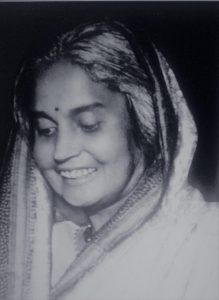
The culmination of his various experiments in the field of education took place after the establishment of Ashram at Sevagram , Wardha in 1936. The Basic Education Scheme of 1937 was shaped under his guidance. Gandhi himself considered it a revolutionary proposal and his best contribution. The Government of India Act of 1935 paved the way for provincial autonomy and in July 1937 the Congress governments took office in several provinces. Gandhi wanted the Congress ministries to take up the question of educational reform and he placed before the nation a self-supporting scheme of education.

He wrote on 31 July, 1937, “By education I mean an all-round drawing out of the best in child and man – body, mind and spirit. Literacy is not the end of education nor even the beginning. It is only one of the means whereby man and woman can be educated. Literacy in itself is no education. I would therefore begin the child’s education by teaching it a useful handicraft and enabling it to produce from the moment it begins its training. Thus, every school be made self-supporting, the condition being that the state takes over the manufactures of these schools.”
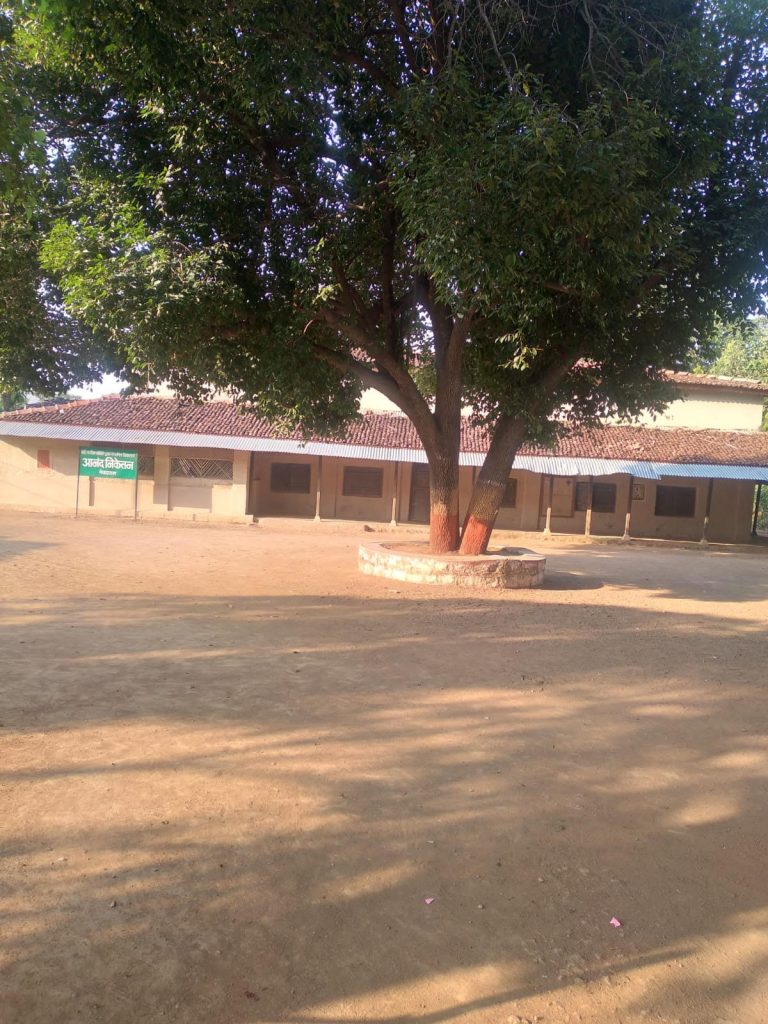
His approach to education was scientific in nature. It was not merely teaching handicrafts; all other subjects were interwoven in a natural way so that learning became a pleasurable activity. He further elaborates. “… Every handicraft has to be taught not merely mechanically as is done to-day, but scientifically, i.e., the child should know the why and wherefore of every process. … This method does not exclude a knowledge of history and geography. But I find that this is best taught by transmitting such general information by word of mouth. …. This means all-round economy. Of course, the pupil learns mathematics whilst he is learning handicrafts.”
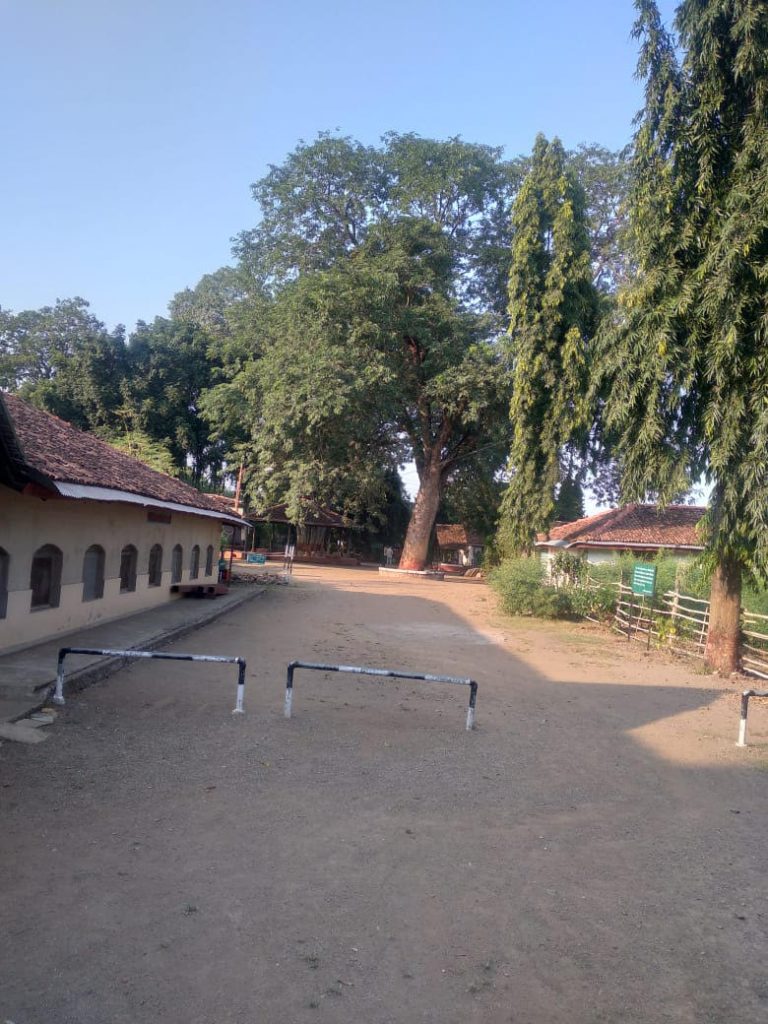
Coinciding with the silver jubilee of the Marwadi High School ,Wardha, the National Education Conference was held on 22-23 October, 1937. The Conference resolved to provide free and compulsory education for seven years on a nationwide scale through mother tongue and endorsed Gandhi’s proposal of craft centered education. Subsequently a committee under the chairmanship of Dr Zakir Hussain prepared a detailed plan of education and syllabus. The first school was opened at Sevagram Ashram in April 1939.
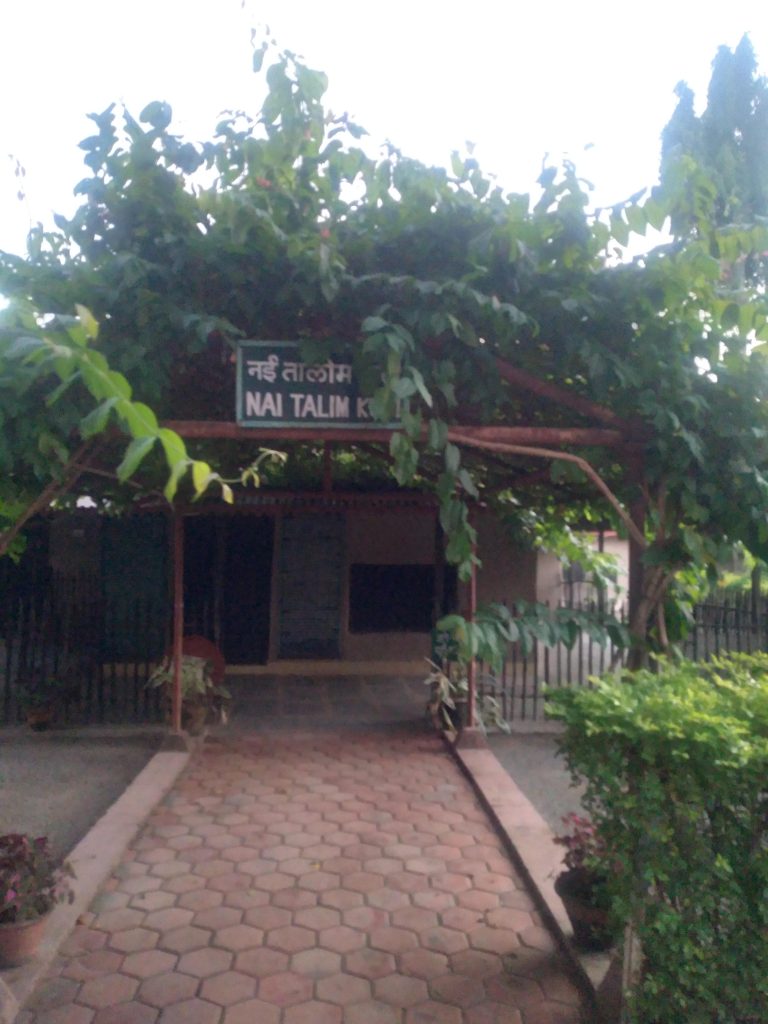
It was from Sevgram it spread throughout the country. Gandhi launched the Quit India movement in 1942 and he was arrested and put in jail. He came out of jail with his new vision of Nai Talim and defined education as “co-extensive with life itself.” He said, “that the scope of basic education has to be extended. It should include the education of everybody at every stage of life.”
A conference of national workers was called at Sevagram in January 1945 and it came with a new scheme corresponding to different stages of life viz, adult education, Pre-basic education, basic education and post basic education. The testing ground for all his schemes including Basic education was his ashrams. His scheme of education was a lifelong one from cradle to graveyard. It liberated education from the four walls of classrooms and equipped pupils for “making living” and “making life” in a creative and innovative manner.
About the Author
(Dr. Siby K. Joseph is Director, Sri Jamnalal Bajaj Memorial Library and Research Centre, Sevagram Ashram Pratishthan, Wardha-442102, Maharashtra.)
Email:directorjbmlrc@gmail.com
READ ALSO:

